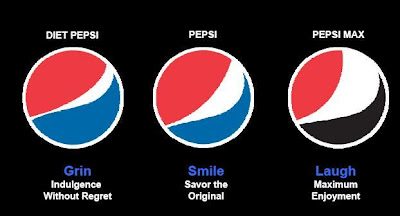I am a big fan of both Borders and Barnes & Noble, and cannot help thinking: How can these companies use analytics to survive the onslaught of Amazon.com?
I analyzed the Q3 numbers of B&N, Borders and Amazon, and here's what I found:
- Online sales account for less than 10% of Barnes & Noble sales and less than 2% of Borders' sales. Of course they account for 100% of Amazon.com's sales.
- Amazon is growing much faster than B&N and Borders. In Q3, these companies had comparable sales growth of 19%, -6% and -12% respectively. Note that Amazon numbers are for Media sales (Books, DVD, music). Amazon Media sales for international markets grew faster at 24% compared to US sales at 15%.
- Amazon runs an operating profit whereas its competitors run a loss. The key difference is in SG&A cost and depreciation. Surprisingly B&N has a lower COGS (cost of goods sold) than Amazon.
 Amazon has a higher operating margin in its international operations. Borders has a higher operating loss margin in small-format Walden US stores (-14.4%) and a lower operating loss margin in international stores (-5.3%).
Amazon has a higher operating margin in its international operations. Borders has a higher operating loss margin in small-format Walden US stores (-14.4%) and a lower operating loss margin in international stores (-5.3%). - A large format book retail store requires sales of $20 per sq.ft per month to turn an operational profit. B&N is currently registering $18 per sq.ft per month and Borders US is selling only $14 per sq ft per month in its large stores. A Walden's (small format) store requires sales of more than $30 per sq. ft per month to have an operational profit. Currently Walden's US has sales of $17 per sq ft per month only. Thus there is an urgent need to increase sales per sq ft
- Amazon has much lower inventory than B&N and Borders (as shown below).
 Borders is carrying more than 5 months of inventory whereas B&N is carrying more than 4 months of inventory. I feel that book stores need to better align inventory with demand.
Borders is carrying more than 5 months of inventory whereas B&N is carrying more than 4 months of inventory. I feel that book stores need to better align inventory with demand.
- B&N and Borders need to create a more credible online option to compete against Amazon.
- I recommend usage of collaborative filtering to offer instant book recommendations to online buyers. Also bn.com and borders.com can improve in terms of linking past browsing behavior to book recommendations online
- Barnes & Noble needs to consider matching amazon.com on pricing (given it's lower Cost of Goods). E.g., I recently found that the Buffett biography : The Snowball is priced at least 5% lower on Amazon.com
- Many customers feel that Amazon has a wider selection of technical and children's books titles than other online book stores. Catering to the long tail may be essential to competing with Amazon.
- Use brick-and-mortar as a competitive advantage:
- Offer the option to buy online and pickup at a store within a few hours
- Let loyal book buyers work for you by organizing 'low-cost' book discussions/reading sessions especially for children, niche interest segments
- Offer bundled offers in the store, based on basket analysis of previous purchases
- Consider installing digital displays in the store showing reader reviews and suggesting complementary reading recommendations (based on collaborative filtering).
- Align inventory to demand
- Use statistical models based on demographic profiles of localities and historical title sales to better allocate inventory to stores.
- Dynamically trans-ship best-seller inventory between stores based on matching with demand patterns (since most demand for best-sellers occurs in the first week after release)
